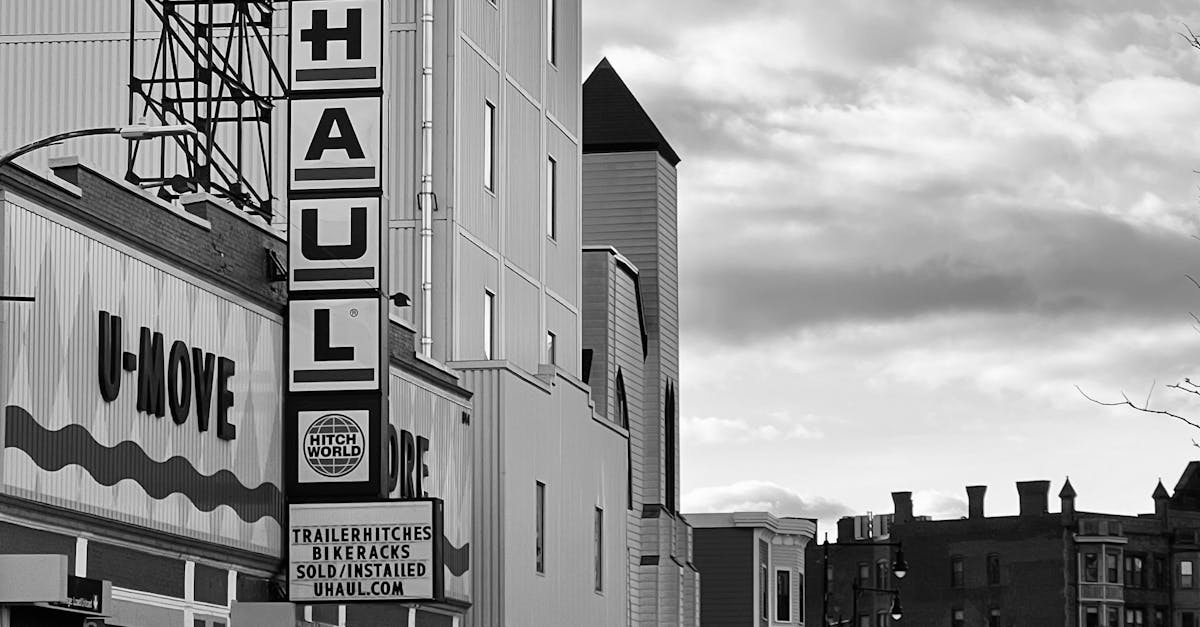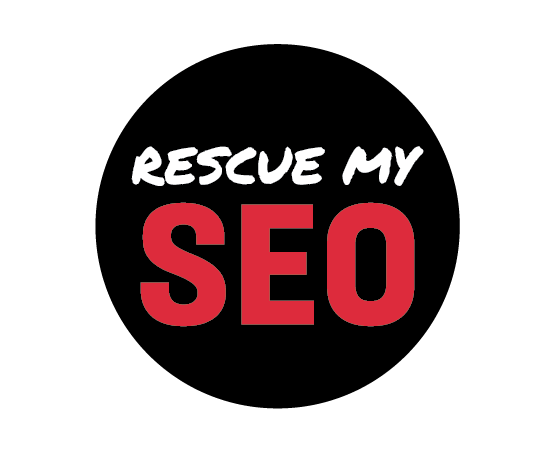
When your local business moves to a new address or adds a new location, the impact on your SEO can be dramatic—either threatening your hard-earned search rankings, or giving you a unique chance to capture brand-new customers. At Rescue My SEO, we’ve helped plenty of business owners handle this exact challenge. Based on real-world experience, we’re sharing an actionable, detailed guide so you can smoothly manage your SEO (and thrive) during a move or expansion.
Why SEO Management is Crucial When Relocating or Expanding
Moving or adding locations isn’t just a matter of updating your address online. Search engines rely on signals—like your name, address, phone number (NAP), reviews, and content—to connect customers to you locally. If those signals become inconsistent or outdated, your Google Business Profile (GBP) rankings may drop, organic traffic can plummet, and you risk showing incorrect info on maps and directories. This affects both new and loyal customers searching for you.
Step-by-Step: SEO Checklist for Moving or Opening a New Location
-
Prepare and Announce the Change on Your Website
- Update your address and phone number in the footer, Contact page, and all prominent places.
- Update or add a location-specific landing page. If you’re moving, update details and photos. If expanding, add a unique page for the new site with personalized directions, staff bios, and tailored offerings.
- Publish an announcement blog post explaining the move or expansion, location details, and FAQs about what’s changing or staying the same. This blog post can serve as a link hub to your new or updated location pages, and can target phrases like “[business] now open in [new location]” or “[business] moves to [new address]”.
- Don’t forget about schema! If you use structured data on your site’s backend, update the LocalBusiness or Organization schema with your new details.
-
Update Your Google Business Profile (GBP) and Other Map Listings
- For a move: Login to Google Business Profile and update the address and all relevant info. Verify with a postcard for the new spot if prompted.
- For a new location: Add a new GBP listing. Make sure the address, service categories, business hours, and photos match your website and in-store details.
- Add high-quality photos of the new space, exterior signage, and team members at the new location.
- Monitor GBP for duplicate listings or lingering old addresses—mark them as permanently closed or request that Google merges them as appropriate.
- Reverify your NAP details are identical everywhere. Yes, something as simple as “St.” vs. “Street” can trip Google up.
-
Sync NAP Information Across Citations & Directories
- Manually update or use a citation management tool to fix details on top directories like Yelp, Bing Places, Facebook Business, Apple Maps, Yellow Pages, local associations, and industry-specific sites.
- Don’t forget any paid listings (Better Business Bureau, Chamber of Commerce, HomeAdvisor, TripAdvisor, etc.).
- Run a full scan of your business name and old address to uncover any stragglers.
-
Handle Duplicates and Ghost Listings
- After a move, you may find unverified or outdated listings. Mark old addresses as closed, or ask Google/Bing/Yelp to merge them if needed.
- Check for duplicates that could confuse customers or cannibalize search results.
-
Create and Optimize Unique Local Content for Each Location
- Each location deserves its own landing page. Add local directions (with a link to Google Maps), parking or public transit info, unique services or staff, testimonials from that neighborhood, and nearby landmarks or partnerships where possible.
- Share news about grand openings or special events (e.g., “Now serving the East Side—Grand Opening!”). This signals search engines and customers that you’re active and relevant locally.
- Tailor meta titles and descriptions for key phrases like “best [service] in [location],” “[type of service] near [neighborhood],” and “[business name] [new address].”
-
Update and Monitor Local Backlinks
- Reach out to local blogs, news outlets, associations, or organizations that had your old address. Ask them to update their mentions and links.
- This preserves your local authority and ensures consistent “local signals” are passed to the new or additional address.
-
Solicit and Manage New Reviews Right Away
- Request reviews from customers at your new location—especially if you’re starting a new profile. Early, authentic reviews mentioning your new address or neighborhood accelerate your “local pack” rankings.
- Monitor reviews on both old and new profiles. For old locations, respond and clarify for customers. For new, reply to all new reviews quickly!
-
Announce the Change on Social Media and via Press Coverage
- Post about your move/opening with visuals, map links, and new details. Pin these posts for at least a month.
- Hold a grand opening event and pitch your move/expansion to local reporters or bloggers for coverage and valuable backlinks.
-
Monitor Technical SEO and Site Health
- Check that your site’s 404 pages, redirects, and sitemap reflect the new location info and pages.
- If you’ve removed pages for an old location, use permanent 301 redirects to your new location page to avoid SEO value loss.
- Test in Google Search Console for crawl errors or new impressions for your target location keywords.
-
Track Local Search and Customer Metrics Post-Move
- For at least three months, monitor your GBP insights (calls, website visits, map searches), website analytics (location-specific traffic), and keyword rankings (“best [your service] in [new location]”).
- If traffic or rankings drop, double-check for outdated citations, duplicate listings, or inconsistencies, and focus on reviews and high-quality local content for a boost.
Frequent Pitfalls That Can Tank Your Local SEO
- Leaving old addresses listed on Google, directories, or your own site—creates confusion and hurts rankings.
- Failing to update all online mentions and citations, which leads to inconsistent NAP signals.
- Letting review requests, responses, or social announcements slip, so your profile looks neglected to both customers and Google.
- Copying/pasting identical content across new and old location pages—each should provide unique value to local visitors and Google.
Expert Tips for Businesses Opening Multiple Locations
- Set up a consistent system for NAP changes—consider a centralized listings management tool if you have 3+ locations.
- Designate unique landing pages for each spot, with local staff/stories, FAQs, and offers.
- Run hyperlocal ads (Google Ads radius targeting/social ads) to support new-location SEO, then taper off as organic rankings rise.
- Measure each location’s performance separately—don’t just track sitewide SEO results.
What Should Your Location Pages Include?
- Exact address (in identical format as GBP and directories), embedded map, local phone, and hours
- Driving, transit, or parking info, and proximity to local landmarks
- Unique description—team bios, notable services, local awards/reviews, and photos
- Reviews/testimonials from customers in that area
- Relevant local news/events, and a clear call-to-action to contact/visit/book
How Long Will SEO Take to Recover After a Move or New Opening?
Based on our client experience, you might see a temporary dip in rankings/traffic for 4–8 weeks after a big move. Swift, consistent updates across all platforms, rapid review generation, and strong location-specific content can help you rebound faster—often making up lost ground, then surpassing your old performance within three months. Keeping internal processes tight (and not letting old listings linger!) is key.
Key Local SEO Search Phrases to Optimize For
- “[service] in [new city/neighborhood]”
- “[type of service] near me” (optimized for new site’s map address)
- “[business name] [new address]” and related brand+location combos
- “[old business address]” (so you can capture and update people searching for your previous site, if relevant)
Internal Resources and Next Steps
- For building solid location pages, see our location page guide.
- If you’re managing several locations, read our deep dive on multi-location SEO challenges.
- Running a local SEO audit? Follow our step-by-step advice in this audit guide.
Final Thoughts
Managing your SEO during a move or expansion is not just a technical checklist—it’s an opportunity to refocus, engage new customers, and come back stronger in search. It does take a systematic, thorough approach. If you want to make sure your move is a step up and not a step back for your search presence (and want the peace of mind of working with proven local SEO experts), contact us at Rescue My SEO any time for a free website/local SEO review or a quote on full-service management tailored to your business.

